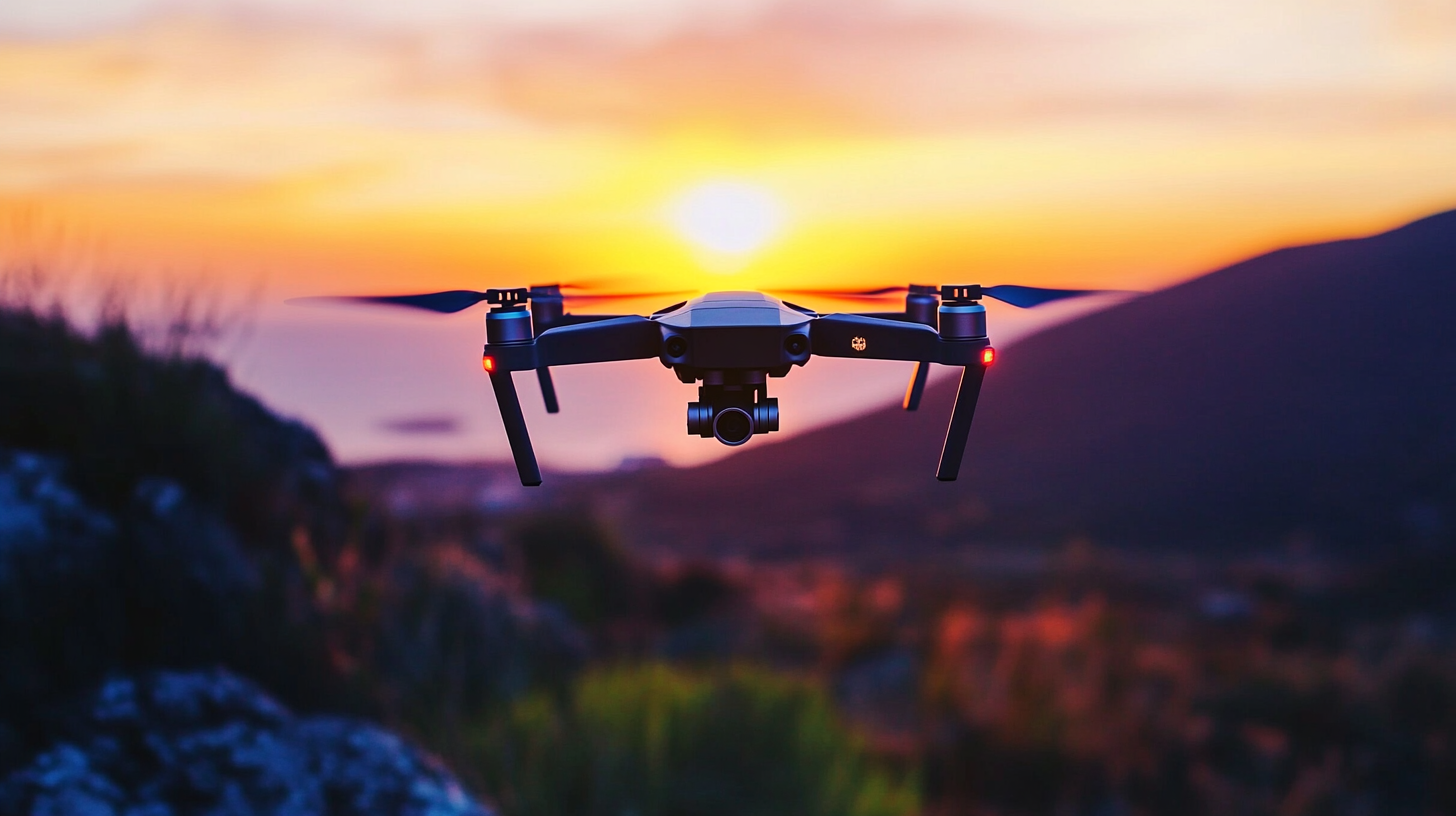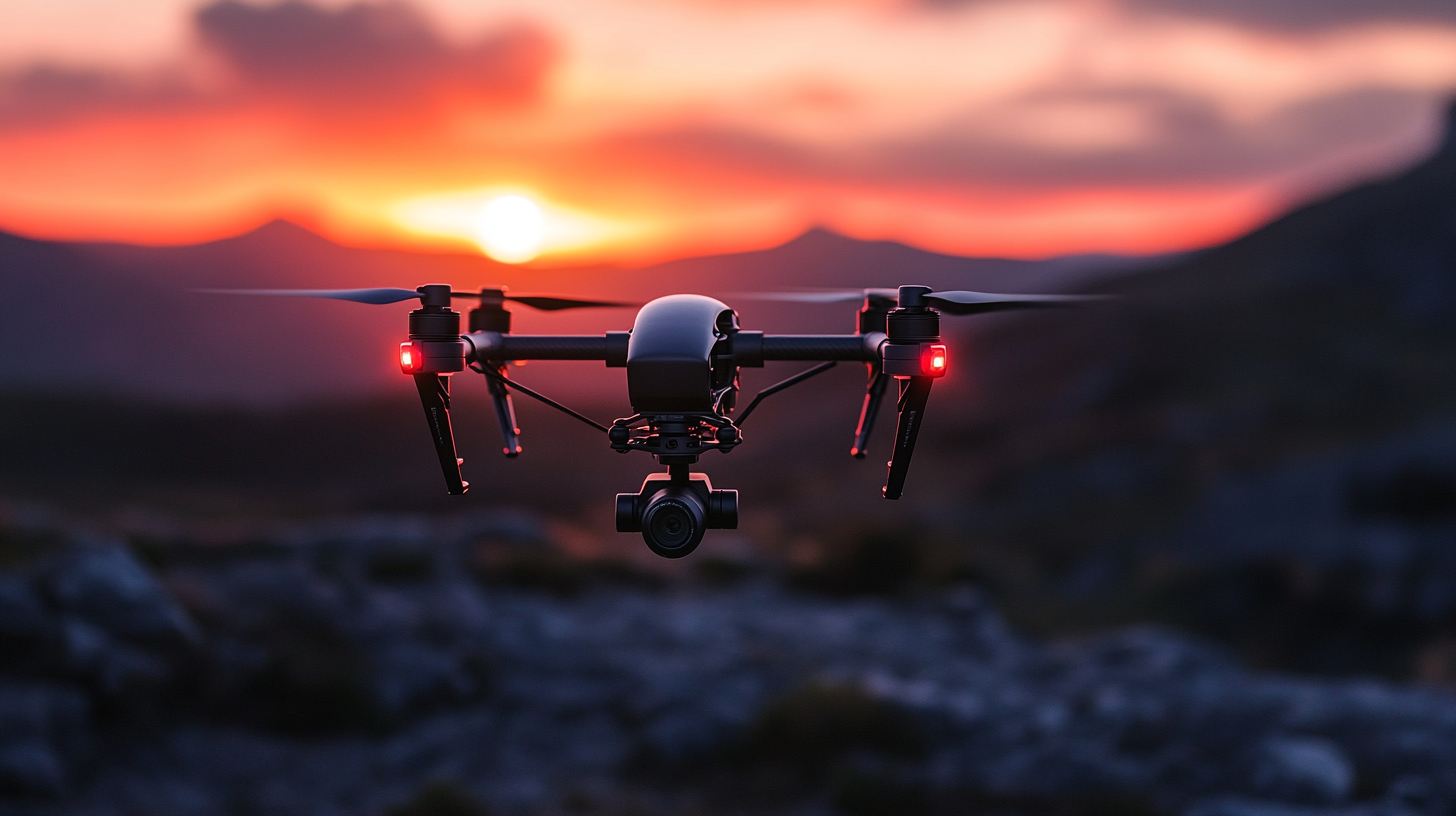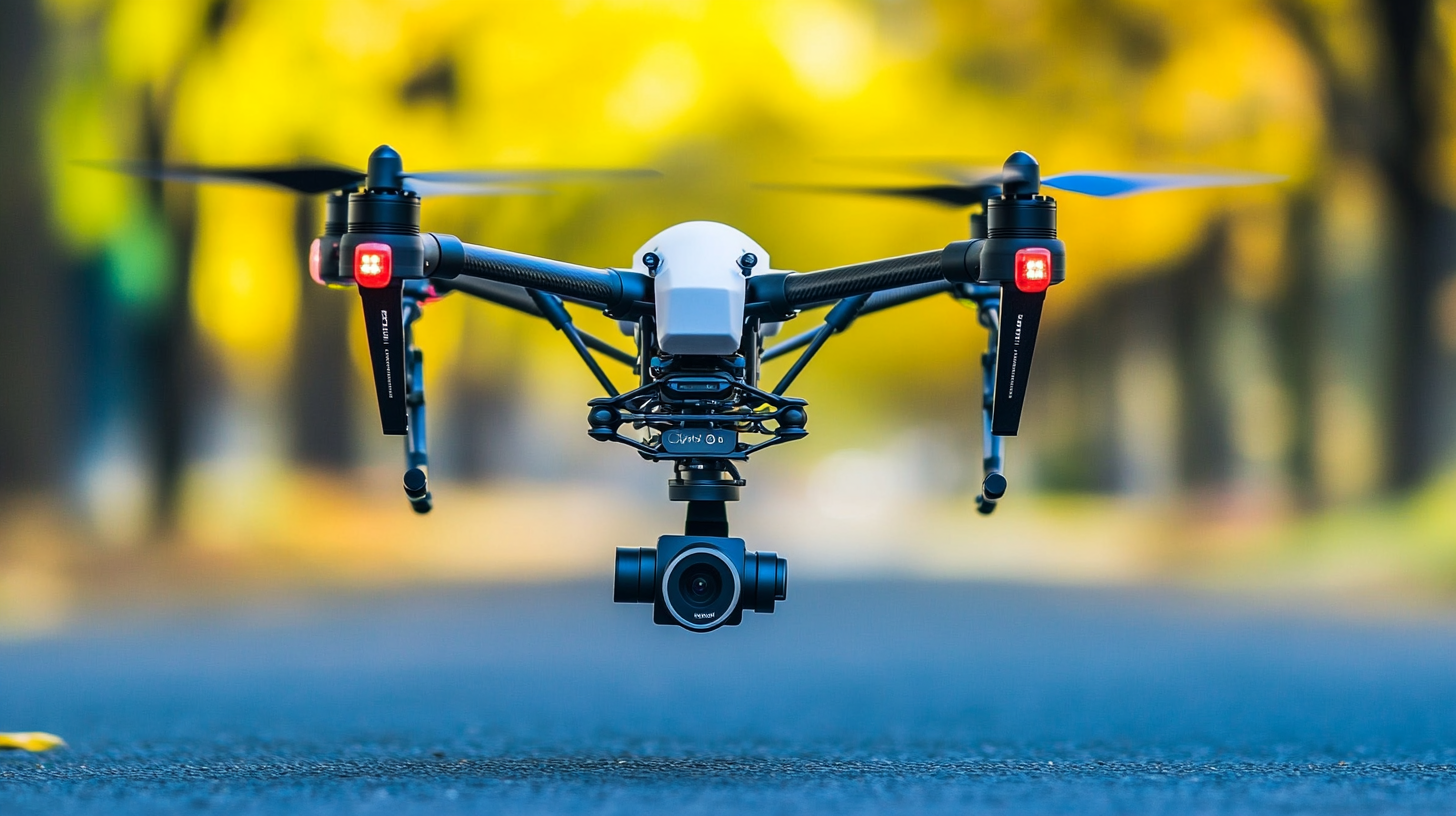Exploring Innovative Industry Applications for the Best Price of Drones With Cameras
 As we venture into 2025, the market for drones equipped with cameras is poised for significant growth, driven by advancements in technology and a widening array of industry applications.
According to a recent report by MarketsandMarkets, the global drone camera market is projected to reach $4.4 billion by 2025, with a compound annual growth rate (CAGR) of 14.4%. This surge reflects the increasing demand for aerial imagery across various sectors including agriculture, construction, and surveillance.
Businesses are now more than ever seeking cost-effective solutions, leading to a keen interest in the competitive "Price of Drones With Cameras." As manufacturers innovate to optimize performance and affordability, we will explore how these advancements are not only transforming industries but also reshaping the economic landscape surrounding drone technology.
As we venture into 2025, the market for drones equipped with cameras is poised for significant growth, driven by advancements in technology and a widening array of industry applications.
According to a recent report by MarketsandMarkets, the global drone camera market is projected to reach $4.4 billion by 2025, with a compound annual growth rate (CAGR) of 14.4%. This surge reflects the increasing demand for aerial imagery across various sectors including agriculture, construction, and surveillance.
Businesses are now more than ever seeking cost-effective solutions, leading to a keen interest in the competitive "Price of Drones With Cameras." As manufacturers innovate to optimize performance and affordability, we will explore how these advancements are not only transforming industries but also reshaping the economic landscape surrounding drone technology.
Innovative Uses of Camera Drones Across Different Industries
 Camera drones have rapidly transformed industries by providing innovative solutions to various challenges. In agriculture, for example, drone technology is utilized for precision farming. Farmers can monitor crop health, assess soil conditions, and manage irrigation more effectively. By capturing high-resolution images from above, drones help in identifying areas requiring attention, thereby increasing overall productivity while minimizing waste.
Camera drones have rapidly transformed industries by providing innovative solutions to various challenges. In agriculture, for example, drone technology is utilized for precision farming. Farmers can monitor crop health, assess soil conditions, and manage irrigation more effectively. By capturing high-resolution images from above, drones help in identifying areas requiring attention, thereby increasing overall productivity while minimizing waste.
In construction, camera drones expedite project management through real-time aerial imagery. Site managers can conduct inspections, track progress, and ensure safety compliance more efficiently. Utilizing drones for surveys and mapping also cuts down on the time needed for thorough evaluations, allowing teams to make informed decisions quickly.
Tips: When integrating camera drones into your industry, ensure compliance with local regulations and invest in proper training for the operators. Regular maintenance of drones is crucial for maximizing lifespan and operational efficiency. Additionally, leverage the vast data collected by drones to refine strategies and improve overall outcomes in your projects.
Evaluating Cost-Effective Drone Solutions for Business Applications
In today's competitive business landscape, the integration of camera drones is transforming operational efficiency across various industries. Companies are increasingly exploring cost-effective drone solutions as they seek to enhance productivity, improve customer engagement, and reduce operational costs. Drones equipped with high-resolution cameras not only assist in surveying and monitoring but also revolutionize marketing strategies by capturing stunning aerial footage that can be utilized across social media platforms and promotional materials.
Evaluating cost-effective drone options involves analyzing several factors, including purchase price, maintenance costs, and potential return on investment. Many businesses are now opting for rental services or short-term leases, allowing them to access state-of-the-art technology without the hefty upfront costs. Additionally, advancements in drone technology have made it possible for businesses to operate these devices with minimal training, further reducing barriers to entry. By embracing these innovative solutions, organizations can streamline processes such as inspections, deliveries, and marketing campaigns, ultimately leading to a significant competitive edge.

Key Features to Look for in Affordable Camera Drones
When searching for affordable camera drones, there are several key features that can significantly enhance your flying experience.
First and foremost, consider the camera quality. Look for drones that offer at least 1080p resolution for clear, high-definition images and videos.
Some models even offer 4K resolution, which can be beneficial for those looking to create professional-grade content without breaking the bank.
Another essential feature is battery life. Longer flight times mean more opportunities to capture great shots.
Many budget drones offer flight times between 20 to 30 minutes. However, it’s wise to invest in extra batteries to extend your flying sessions.
Tip: Always check the drone’s range capabilities, as this affects how far you can fly before losing the connection to your control device.
A good range of at least 500 meters is advisable for those who want to explore larger areas without worrying about losing sight of their drone.
Lastly, consider the ease of use, especially if you're a beginner. Look for drones with user-friendly controls and features such as GPS assistance and automatic return-to-home functions to enhance your flying confidence.
Case Studies: Success Stories of Drones in Various Sectors
The utilization of drones equipped with cameras has revolutionized various industries, showcasing remarkable success stories across the globe. For instance, in agriculture, drones have proven invaluable for crop monitoring, allowing farmers to analyze crop health rapidly and make informed decisions.
According to a report by Markets and Markets, the agricultural drone market is projected to grow from $1.2 billion in 2021 to $3.9 billion by 2026, reflecting a compound annual growth rate of 25.5%. This growth is underscored by the urgent need for efficient solutions to face challenges brought about by climate change, such as droughts and unpredictable weather patterns.
In the realm of infrastructure, drones play a critical role in surveying and monitoring construction projects. They provide high-definition aerial imagery that aids in the assessment of infrastructure health and reduces the time and cost associated with traditional inspection methods. A report from Grand View Research indicates that the global drone service market, which includes construction and infrastructure inspection, is expected to reach $63.6 billion by 2025. This surge emphasizes the shifting landscape, where drones not only enhance operational efficiency but also contribute to sustainability efforts by offering precise data that reduces waste and improves resource management.
Future Trends in Drone Technology and Pricing Strategies
The drone industry is witnessing a transformative period, driven by advancements in technology and shifting market demands. According to a report by Fortune Business Insights, the global drone market is projected to grow from $22.5 billion in 2021 to over $42.8 billion by 2026, reflecting a compound annual growth rate (CAGR) of 14.0%. This rapid expansion is not only a testament to increased adoption in various sectors but also highlights the need for innovative pricing strategies to remain competitive.
Future trends in drone technology indicate a substantial rise in the demand for drones equipped with advanced camera systems, which are becoming crucial in sectors like agriculture, real estate, and surveillance. A recent study by MarketsandMarkets forecasts that the drone camera segment alone will reach $14.4 billion by 2025, driven by the integration of high-resolution imaging and AI capabilities.
As companies compete to deliver high-quality imaging at lower costs, pricing strategies will hinge on technological advancements and operational efficiencies, ensuring that businesses can leverage these tools without overshooting their budgets. With the combination of enhanced capabilities and strategic pricing, the drone industry is poised to redefine cost-effective solutions across multiple applications.